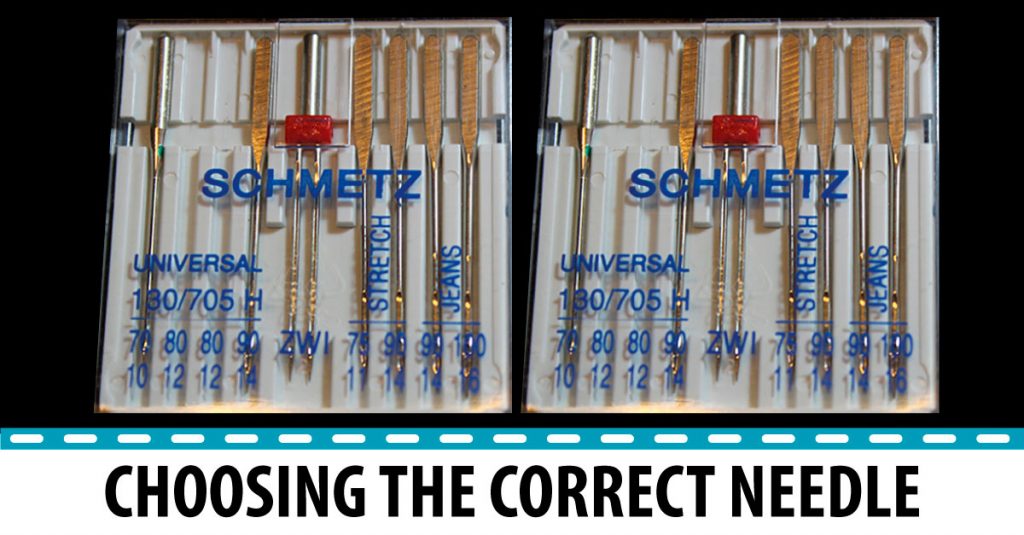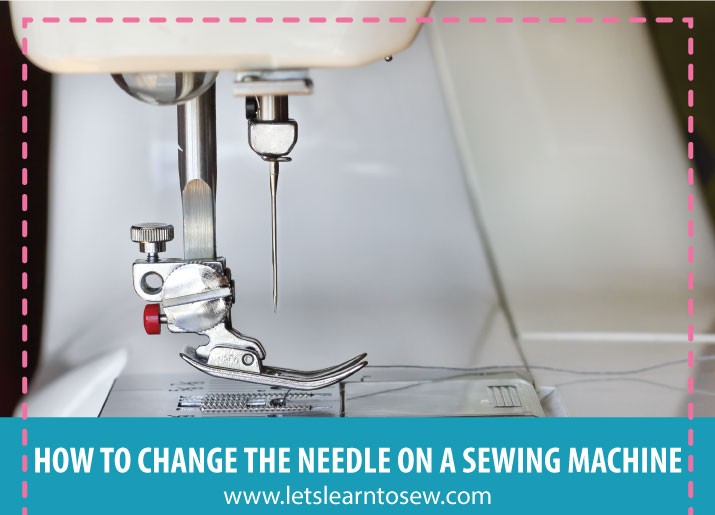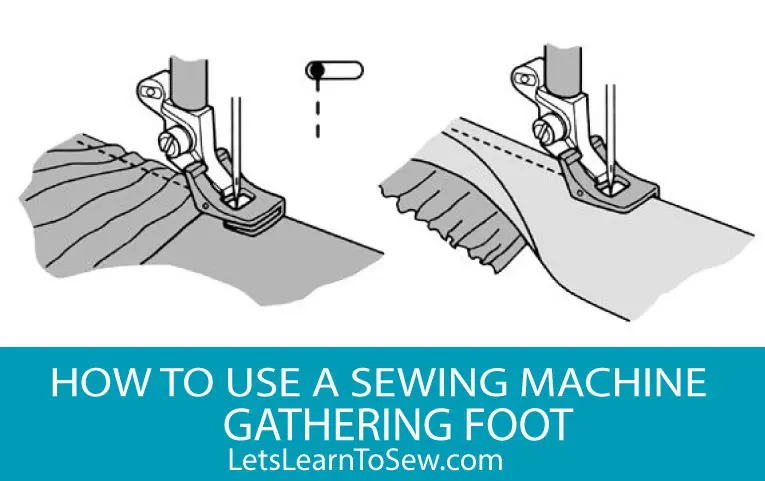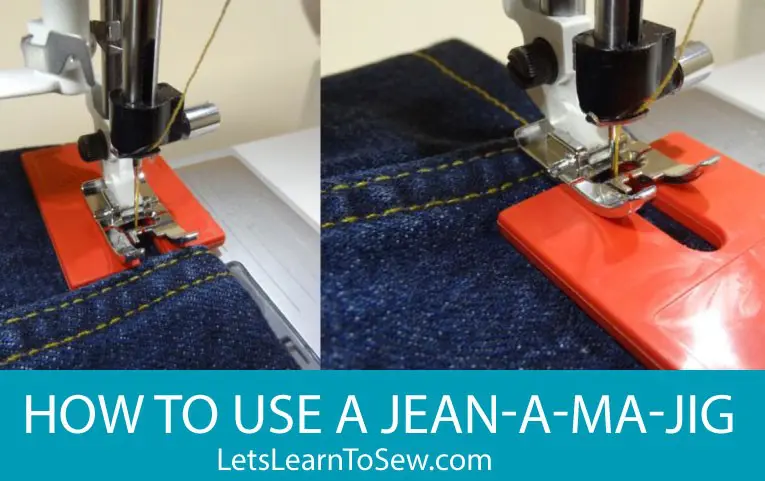Most sewers put a lot of thought into their project and supplies but often overlook one of the most important things, the sewing machine needle. Choosing the correct needle will greatly change the outcome of your sewing project. Sewing with the wrong needle or a damaged needle is one of leading causes of machine headaches. The wrong needle can cause thread breakage, skipped stitches, runs in your fabric, puckering, uneven seams and broken needles.
I know when you are staring at the choices of needles it can be overwhelming and after a few minutes they all begin to look alike. I included the above diagram to help you see the parts of a needle. When looking at needles the biggest differences will be at the tip, point, eye and blade. Let's go over them real quick.
Parts of a Needle
- Shank- That's the part that fits into your machine. You'll notice the back of the needle is flat. the flat side always goes to the back of the machine
- Blade- The blade plays a big role because it is where the needle size comes from. The size is based on the diameter of the needle.
- Shaft- That is the main body of the needle. It includes the groove, blade and shoulder area.
- Point- The point and tip of the needle vary in size, shape and length. This will be based on the type of fabric the needle has been designed for.
- Butt- The butt is the portion that goes up into the machine. When inserting your needle make sure the butt is pushed up as far as it can go.
Needle Types
Needle types vary based on the fabric you will be using and the weight of the fabric. Here are the basic ones you will probably want to keep in your sewing box.
Universal needles are for your cottons and other woven fabrics. Universal needles have a slightly rounded tip.
Denim needles are for just what the name implies, denim fabric, repairing jeans and canvas. These needles have a thick, strong shaft and very sharp point.
Ball-Point needles are perfect for knits, interlocks and spandex. The needle has a medium tip and is slightly more rounded than a universal needle. The design of it allows it to pass between the fabric threads preventing snags, runs or damage to the stretch of the fabric.
Leather Needle Leather needles have a wedge-shape point that penetrates leather, suede, vinyl, heavy faux suede and leather, as well as other thick, nonwoven fabrics, without tearing them. When using a leather needle, it’s important to stitch accurately because the needle leaves a large, permanent hole. Tie thread ends, instead of backstitching, to prevent perforating the surface. Because the needle has a slight cutting point, never use it on woven or knit fabrics.
Needle Sizes
Needles are available in two sizing ranges; American and European. American are 8-19 and European are 60-120. Some manufactures have begun listing both on the package. An easy way to remember how to choose the right number is the thicker the fabric the bigger the number.
How often do I change my needle?
Needles should be changed often! I change mine after 6 hours of sewing. If I sew anything coarse, with glitter, burlap, or any other type of fabric I think will cause extra wear on the needle I change it at the end of the project even if it has been less than 6 hours. Needles are too cheap to allow them to ruin your project.
How Do I Change My Needle?
Do you have a question about sewing machine needles that I missed? Let me know in the comments below.












ellespann
thanks for this- I forget that I need to switch mine out!
Elle
admin
Glad to help, it's an easy thing to forget.
Barbara
I have a needle whose blade is not round, but a tad angled. What is that used for?
Margaret
Do you have a picture of it?
Jennifer S
I'm totally guilty of not thinking about my needle!! Opps!
SueB
I didn't even think of changing the needle after a few hours of sewing! Do you discard the removed needle? I've been sewing a lot of polarfleece and haven't changed the needle for at least a year!
Margaret
Yes, discard the used needle if it's been used for more than about 8 hours of sewing or sooner if you can tell that it's damaged.
SueB
So I should also change the needles of my overlocker as well?
Margaret
Yes, you should.
Beckypoole
I have a small Singer machine that I bought several years ago just for a "second" machine. However I have never been able to use it because it appears that the needle "timing" --- as it goes down into the machine doesn't pick up the bobbin thread. I don't know the terminology to use to explain what I mean but as the needle goes down and the part that turns in a circle that catches the thread (enabling it to pick up the bobbin thread) never grabs the thread. Could it be that my needle isn't long enough??? PLEASE HELP!!!😜
Margaret
Have you tried changing out the needle with a new one? If so the timing could be off.
Ann
What needle type should I use to take
In a pair of sweat pants?
Margaret
A needle for knit or stretch fabric.
Practically Perfect Meg
Great post. It can be very hard to determine which needle to use. If you use an Universal needle for everything you may find it snaps on heavier fabrics. A lot of us self taught sewers learn this the hard way.
hillcitybride
There are so many to choose from for so many different purposes. So interesting! 🙂
indu mathi
Step by step procedure is very clear. I love sewing and bookmarking your page.
Adventure Aficionado
This is a really nice and in depth post on choosing the correct needle. There are such a variety that finding the correct one becomes quite confusing so good to have a guide!